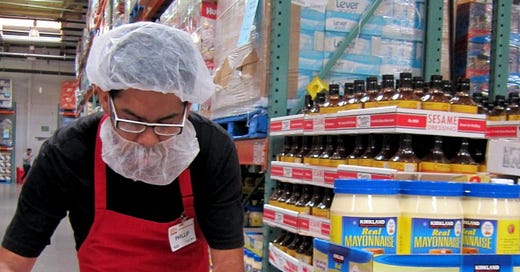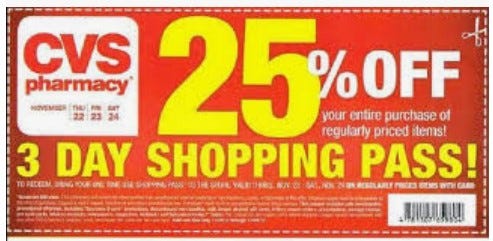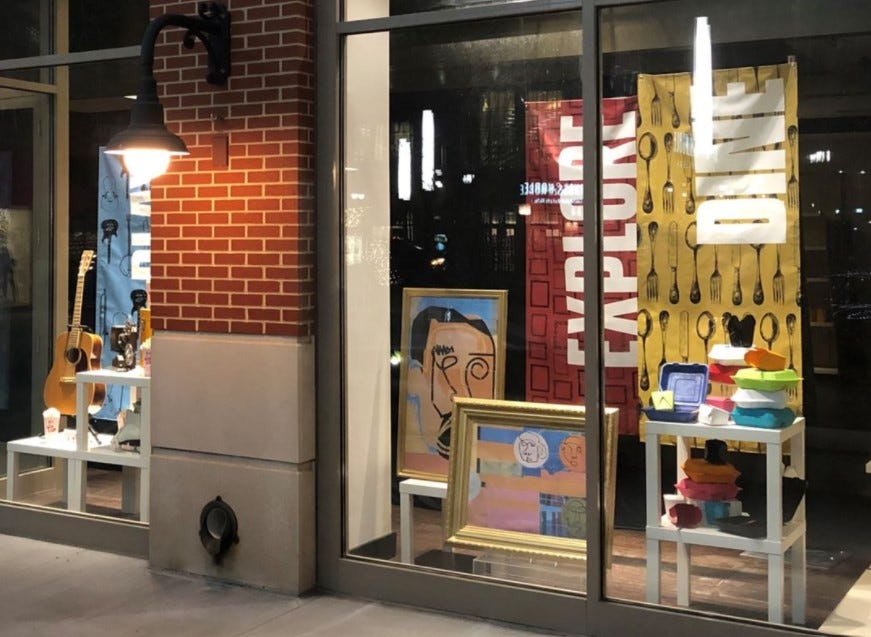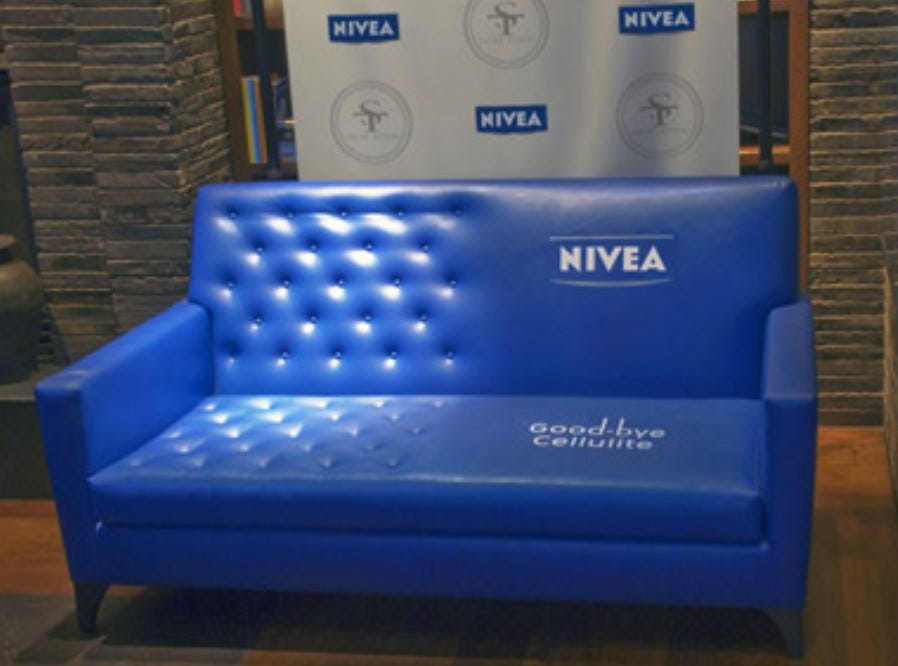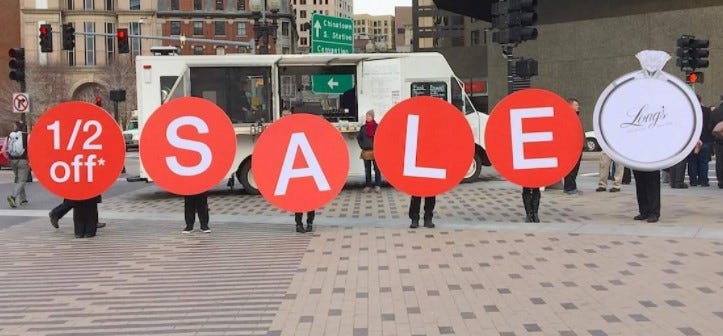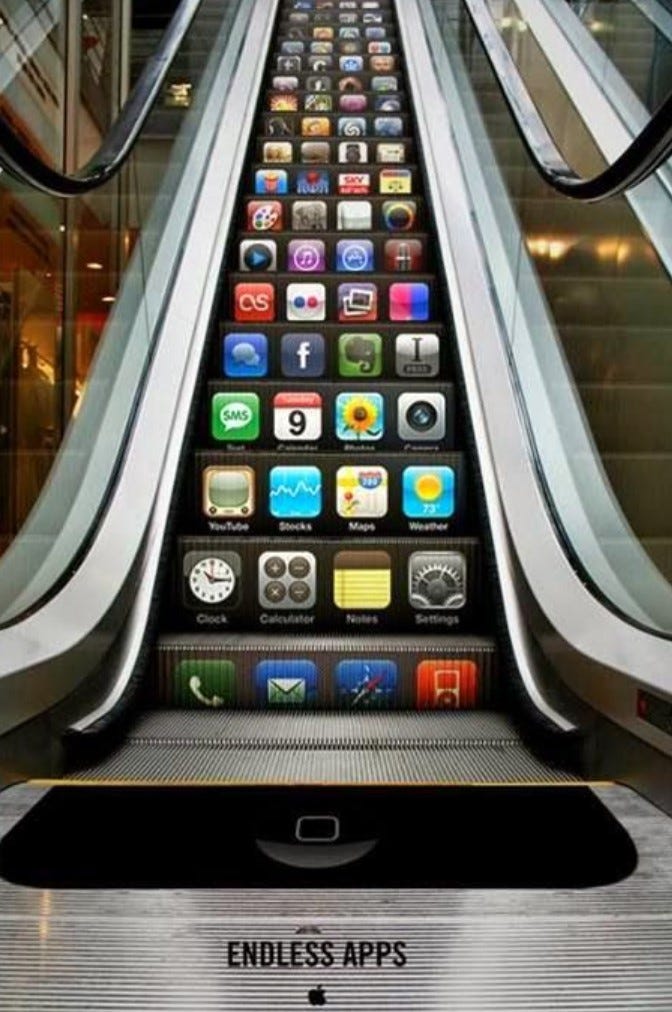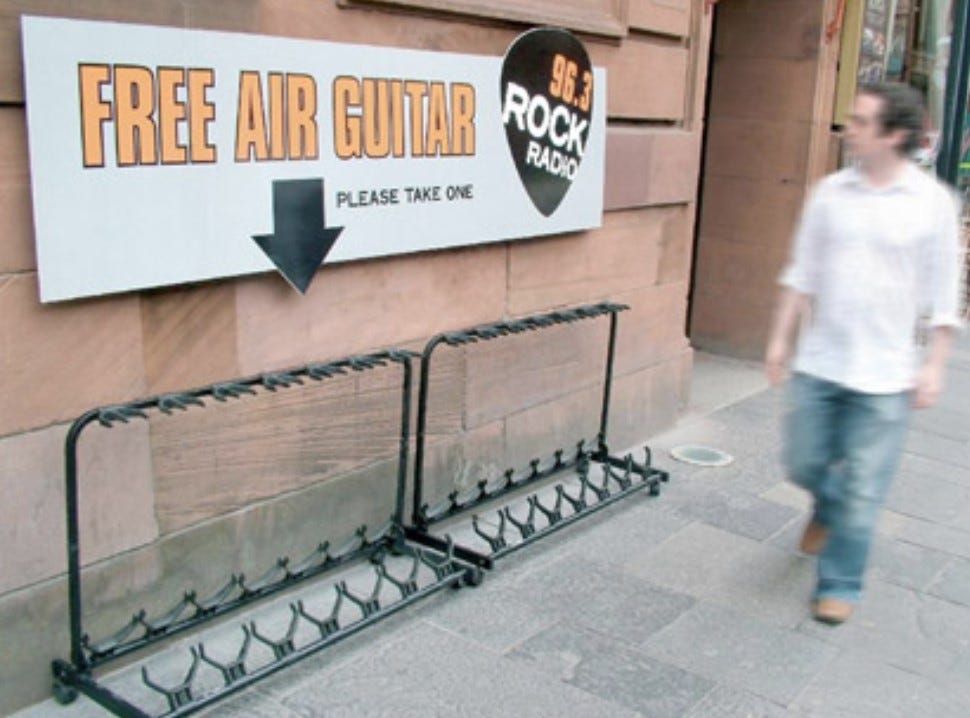All Things Retail #9: Marketing, For Free!
Welcome back and continued thanks for all of your support of All Things Retail.
Before you read further, it’s time for my weekly ask. Please share All Things Retail with anyone and everyone you believe may enjoy it (and hopefully benefit from it). Our goal is to add another 1,000 subscribers over the next month, and I can’t accomplish that without your help. So, again, please hit this button >>>
If you have not subscribed yet, please do so now. It’s free and we publish once a week so we don’t jam up your inbox.
Marketing, For Free!
Have you ever tried to calculate your ROI (return on investment) for a particular marketing or ad campaign? While it’s a bit easier when you utilize digital efforts rather than other forms of print and electronic media, it’s far from an exact science. The result is often frustration for a business owner, CEO or CMO as they try to understand how their investment is helping to grow the business. There are many tactics that can be employed to provide better data, but none of them fully eliminate that little voice in the back of your head saying, “am I wasting my money?”. But paid marketing is a must for most retailers, and therefore we all need to try to make the smartest decisions possible when investing in marketing (we will discuss techniques for improving your marketing analysis in a future issue).
This frustration with understanding the payback on my ad spend was one of many reasons I embraced guerilla marketing many years ago. I found, initially through trial and error, that creative guerilla marketing efforts generated meaningful results in terms of driving consumer awareness, increasing store traffic, improving average sale per transaction and growing sales. In the past several years, as data tracking has evolved, I have also seen significant bumps in CAC and LTV (customer acquisition costs and lifetime value) coming out of guerilla programs.
But best of all, most guerilla marketing efforts are FREE! Yes, FREE!
Ok, many require a relatively tiny investment in signs, fliers, etc. and time. But compared to expensive ad campaigns, guerilla efforts, if not completely free, are pretty darn close and they are essentially no-risk.
So, what is guerilla marketing?
The term “guerrilla marketing” came from the concept of guerrilla warfare. Guerrilla tactics in warfare depend largely on the element of surprise. It’s no different in marketing. The goal of guerilla campaigns is to create and execute unconventional efforts that catch consumers by surprise as they move through their day-to-day routines. They break through the clutter of traditional marketing and other daily distractions, gain attention and impact behavior. These campaigns are meant to reach a broad audience rather than a targeted one, and although data is often hard to capture, they generate results. If you watch your KPI’s carefully, the pattern will become clear over time. Guerilla promotion = improved sales. Guerilla campaigns are not a replacement for traditional marketing efforts, but rather a powerful supplement to them. Given the low cost and low risk nature of this style of promotion, you should begin planning today! Here are my Top 5 (i.e., most successful) guerilla programs:
Coupons: Old, boring, been there – done that. WRONG! Coupons work and if you assign a tracing code per coupon, you will validate that quickly.
Create a meaningful offer:
Buy One, Get One.
$X Off. This is often easier to understand than a percent discount.
XX% Off…unless your items are high ticket, start percentages at 25% or 30% Off. It’s hard to move the needle at lower discounts.
Set an expiration date to incent action.
Be sure design shows store name and offer in a big, bold, easy to read manner. Don’t forget address of store, a UPC or code to track redemptions, expiration date to create urgency and disclaimers.
Distribute coupons away from your store. There is typically no need to offer an additional discount to shoppers that are already in your shop. Coupons are meant to drive traffic to your shop. Some options for distribution:
Social media.
E-mail.
Find crowds and hand them coupons (no car windshields or similar; you will simply aggravate consumers).
Leave a stack behind in logical and approved locations (mall information booth, supermarket community board, apartment, and dorm lobbies, etc.).
Samples: If you have ever shopped at Costco, you know the biggest in-store traffic jams occur around the food sampling stations. Consumers love, love, love to sample products. Food is an obvious opportunity, and Macy’s kills it with perfumes and colognes, but this is the tip of the sampling iceberg. What works from your offering? Hand lotions, bath bombs, crayons, vitamins, laundry detergent, makeup, stainless steel wipes, dog treats. You get the idea.
Distribute samples in-store to generate additional purchases.
Distribute outside of store to bring more shopper traffic in (in this case you may want to add a coupon).
Work with your vendors to provide samples or credit your account if you pull samples from your inventory.
Demos: consumers love to see products in action. They also love trying items themselves. While demonstrating product doesn’t work for every item, it works for more than one might think. Toys, like radio-controlled cars and drones, are obvious opportunities. But think about cleaning products, blenders, kitchen knives (carefully please), headphones, massagers, portable putting greens, mini-fashion show and even mobile apps and websites.
Demos should be conducted by your most outgoing, friendly team members.
The goal of demos is twofold: sell more products and attract shoppers to your store. Therefore, demos should be conducted outside of your store but right in front of it. Done well, they will be a traffic magnet.
Improve visibility of the demonstration by displaying the product in the demo area and adding some signage or balloons.
Whenever possible, show the shoppers how the item works and then let them try it. Once they show interest, hand them one of the packaged products. Conversion will increase significantly.
Empty Windows: Retail and office vacancies are everywhere. This leaves an abundance of highly visible window space empty. Take advantage. Find some around your store or stores. Malls, street front, it doesn’t matter so long as there is plenty of traffic passing by each location. Reach out to the landlords and offer to fill their windows, free of cost, with product displays and or signage. This can often result in a version of free billboard space for you and a means for the landlord to make their vacant space more attractive to prospective tenants. Even at a minimal cost, if you design compelling graphics that will be in front of a ton of eyeballs, driving consumers to your store, it’s a huge win.
Giveaways: I know, these cost a bit of money. But done well, they can create immense awareness for your business. About 12 years ago, while on vacation, I noticed a bunch of people walking the streets wearing a pink foam hat shaped like a whale. Finally, I asked someone where they got it and they directed me to a shop one street over, Vineyard Vines. The VV team were giving these out and literally turning hundreds of people in this small town into walking billboards. They continue this practice through current day because it works. While foam hats may not fit your business, there are many other options. Choose one that will remain in use and create ongoing visibility. Tote bags (especially because plastic bags are being banned in more and more locations), stickers (often applied to laptops), t-shirts and coffee mugs/ water bottles are excellent options. I prefer tote bags because of their cost, size, and multiple uses, but be creative and create your own ideas, just like Vineyard Vines did.
Some quickie bonus ideas:
Models: use them in and around your store to showcase products or messaging. Be sure they appeal to your target customer. They will get attention, I promise.
Co-tenants: every neighboring store and office is filled with potential customers. Get inside and market directly to this audience. Friends & Family Discounts, sample drop-offs, order delivery. Test different options and see what works.
Cross-Promote: partner with one or more non-competitive local merchants to create 1 + 1 = 3 promotions. Perhaps merge your mailing lists to send out a promotional message or offer a discount when a guest shows a receipt from your partner store (and vice-versa). There is power in partnerships.
Stanchions: place stanchions in front of your, even if not needed, to create the idea that your shop is so special that crowd control measures are needed. Think Apple Stores.
Photo Ops: create an area or areas that are “Instagram-able”. Encourage guests to post their pics on social media and perhaps add a prize drawing for everyone that uses your brand’s hashtag. Free exposure on social media will follow.
Pop-Up Events: I couldn’t resist as I am a huge believer in pop-ups. See All Things Retail Issue #4.
Props, Paint & More: no words here but check out this week’s Cool Pics section. The ideas will be self-explanatory (and very cool).
So, this is my list. But, as with most lists, there are plenty of other ideas that will work. What is important is that merchants understand the power of Guerilla Marketing and put some ideas into use. If they stick, great. If not, move on to another idea. But start and don’t stop trying. Let’s go!!!

